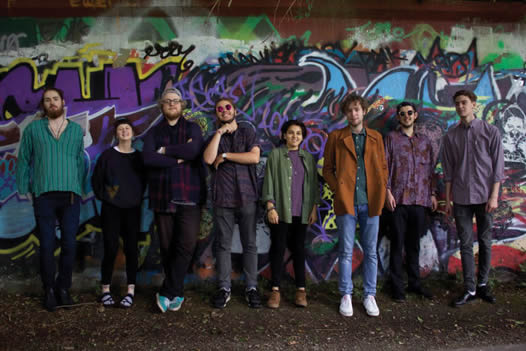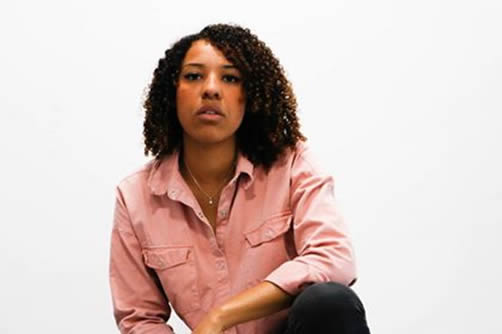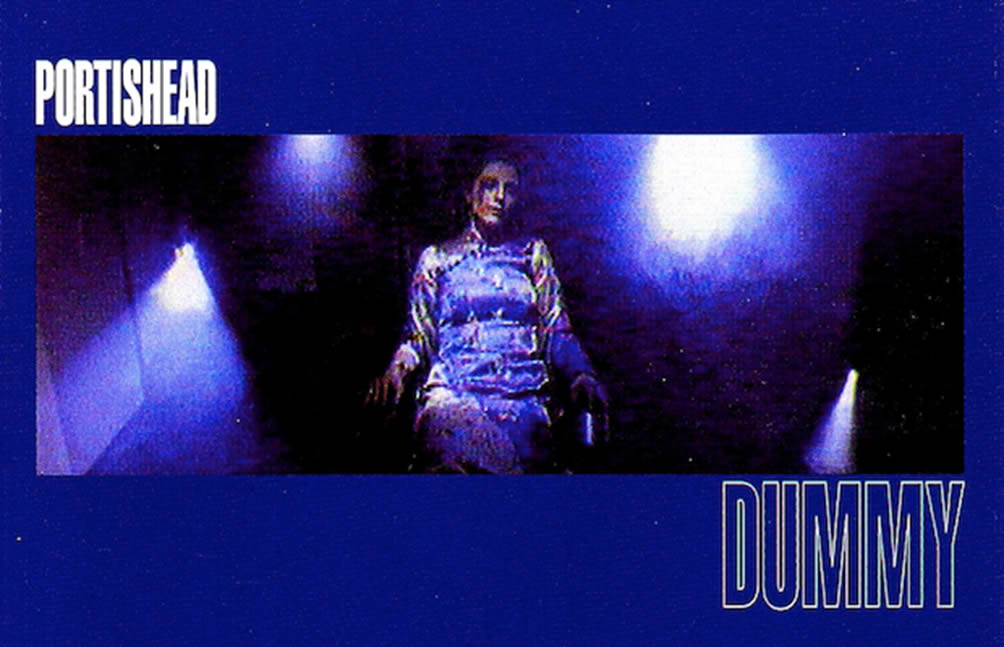
(Photo credit: www.iaspreparationonline.com 4/04/2016)
The effect drugs have had on music and how they might be on the decline, study reveals
Josie Olney
Friday 2 May 2018 14:39 BST
From 'wine, women and song' to 'sex, drugs and rock and roll', drugs and music have had a long and turbulent relationship.
A timeline of drugs in music, recently published by The Guardian, reveals that when a new drug is discovered, a change in popular music is just around the corner. In the 1960s, the opiate drug heroin sedated the jazz/bebop greats Charlie Parker and Thelonious Monk, inducing a state of relaxation that allowed their free improvisation to flow. Over in the UK, Mods popped speed pills to feel unstoppable and energetic. The early 70s brought cannabis, which on the whole gave a chilled-out high to accompany laid back reggae music. Then ecstasy hit the 80s scene, where young people took pills at warehouse parties to share the common side effect of communal euphoria. Whether it was pills to keep you up all night or opiates to sedate you, drugs have accompanied the music scene for decades.
So which drug is fuelling today's music? Artist Miley Cyrus publicly supports the consumption of cannabis and MDMA, which she calls "happy drugs". She makes these substances appear innocent, claiming they "make you want to be with friends." Famously, Ed Sheeran had to take a year's break from the music industry to pull himself back from the dark side. These are just two high profile examples of the many artists who have struggled with substance abuse. Rod Stanley, Editor of Dazed & Confused magazine, has a perceptive view of the role of drugs in music. "No one has really 'invented' or discovered a new drug for a while," he says. "Every time one has been found over the decades, young people swiftly work out the best music experience to go with it." He even suggests that "if a new drug were discovered today, a new music scene would spring up overnight."
A wave of healthy eating and well-being may be the answer to music related substance abuse. In the last ten years there has been a 360% rise in veganism shown in a study by Ipsos MORI. Gym membership spending is up by 44% according to Cardlytics (a database which studies debit/credit card spending). Alongside this, a few million downloads of well-being and meditation apps, such as Headspace on iTunes App Store. This is the new age of health and statistics show us drug abuse is in decline. In a 2014 study posted by the The Observer, only 31% of people admitted to taking an illegal substance, and of them, 79% hadn't repeated the experience.
Despite this, the music industry still involves drug and alcohol abuse by some artists. A study by the Office of National Drug Control Policy shows that, though there may not be a new popular drug, a third of pop songs in 2007 made reference to alcohol or drugs. But life destroying addictions are now less common, surely a positive finding for all music lovers.



